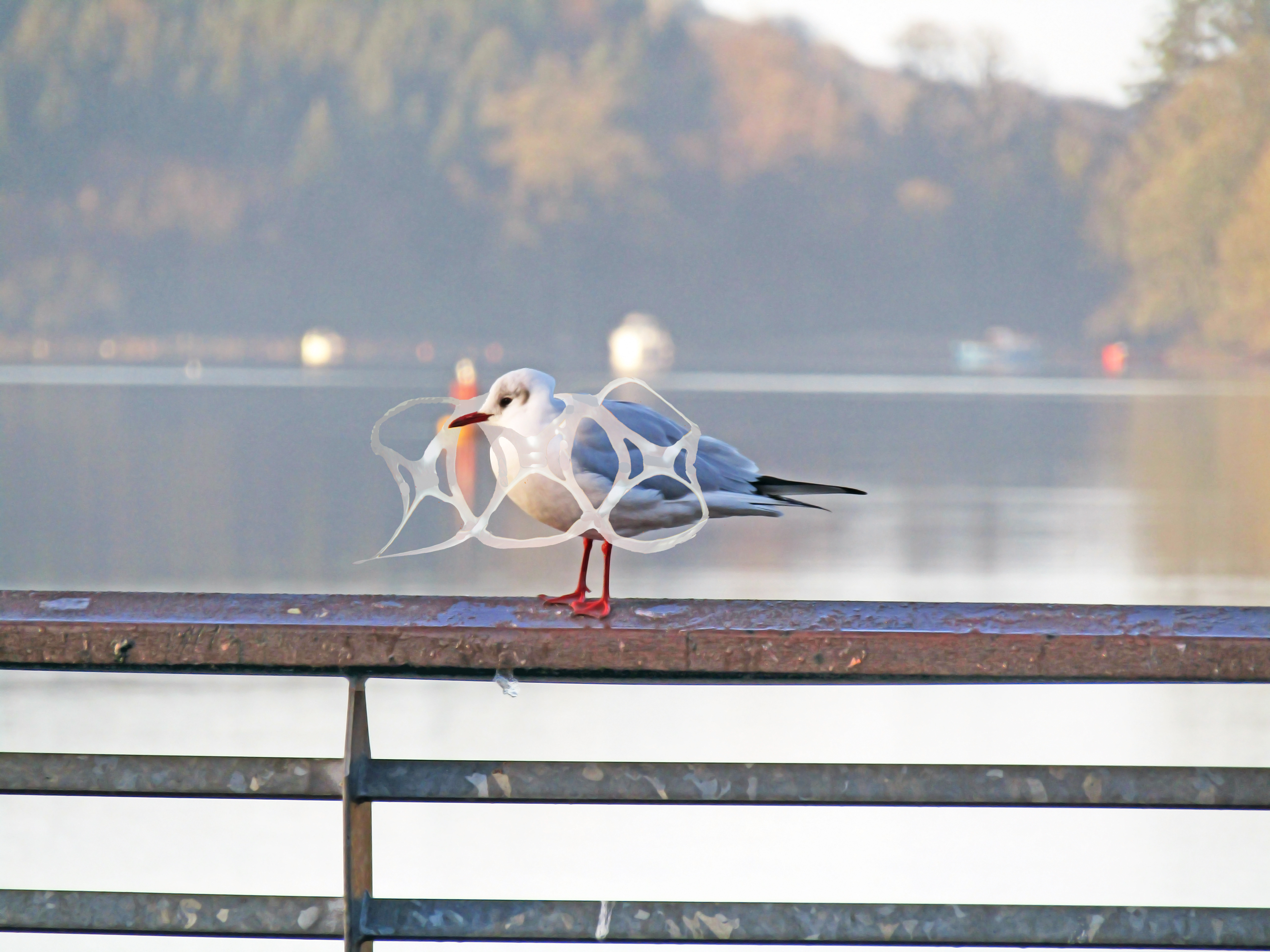A universal, on-pack recycling labelling system would be the perfect solution to widespread plastic waste confusion, writes Anna Cawley

Director of Customer Service
Cawleys Recycling
We have seen how the Brexit debate has been clouded in confusion and misleading facts. The same could happen with recycling and packaging if there isn’t a clear agreed basis for determining and communicating facts.
Last month, research commissioned by the MPMA showed that almost 70 percent of consumers feel retailers aren’t doing enough to present the recycling attributes of the products they sell.
The vast majority, 83 percent, also believe retailers should make it clear whether packaging can actually be recycled or not.
These are lessons to bear in mind when we think about the DEFRA Resources and Waste Strategy, because communication and working together needs to be at the heart of any plans – if they’re to succeed.
For a resource collection service to be sustainable it must meet three criteria; collectability, sortability and commerciality. How these three factors work together explains the current level of recycling and waste management in the world: Less than 10 percent of plastic is recycled but 90 percent of steel is.
We need speed and clarity of messaging… our industry can cope if the material is disposed of correctly
Resource management companies like Cawleys are on the frontline of recycling and reprocessing. We can categorically say the single most important way in which people can help us to increase recycling rates and reduce waste, and help apply those levers, is to ensure materials are clean and well segregated when thrown away. Food must be removed from other waste streams to improve the quality and commerciality of all recyclate, an agreed aim in the DEFRA Resources and Waste Strategy. This is why on-pack labelling and communication is so vital – to improve recycling and drive the circular economy.
For example, what do you do when your lunch break food packaging reads: “widely recycled at recycling points”? Do you check online, google with your phone? Carry the item round? Walk or drive to your nearest recycling point? You’re most likely to throw it in a general waste bin. Similarly, the classification of the material, for example PET 1 or LDPE4, is helpful to an extent, but while it specifies what the substance is, its value to the consumer is limited because waste collection receptacles rarely relate specifically to those labels.
We need speed and clarity of messaging and communication, but how can we agree what’s clear and genuine in terms of resource management and waste? And how then do we enforce that messaging? An example of this confusion – and perhaps even mischief-making – exists in the pet food market.

A brand of dog food, sold in carton board, advertises itself as offering “80 percent less global warming potential than a can.” This may or may not be true. The point is, it’s barking up the wrong tree. In 2017, sales of pet food in cans decreased by 6.9 percent, while sales of pouches increased by 22.9 percent. More than ten billion plastic-aluminium pouches of food are sold annually. Of every ten billion food cans sold each year in the UK, 7,260,000 are recycled. The equivalent figure for pouches: 500,000.
Consumers aren’t being given the appropriate information to make an informed decision at any stage in the cycle: not at the point of purchase, at the point of disposal, or in marketing material. So, would an on-pack traffic light recycling scheme work, and how quickly could we get industry agreement?
Here are some possible traffic light measures for recycling:
1. number of materials the packaging is made from;
2. overall proportion of packaging material which is recycled;
3. overall percentage of recycled content;
4. if the packaging should be composted, recycled, used for fuel, waste.
Did the phrase ‘use for fuel’ jump out at you? At least it’s clear. So too is the word ‘waste’, given its true meaning in this context – that nothing further can be done with this material, it will hereafter be lost to the earth. Compostables also need to be addressed urgently. It’s brilliant that we’ve created compostable alternatives to some very environmentally damaging packaging items such as six pack rings. Who can fail to be upset by photographs of birds with plastic six packs rings caught around their necks? With a compostable version this wouldn’t happen.
But from a waste collection perspective, compostables should never be mixed with any other waste streams, including either food or cartonboard – because they contaminate if they appear in any quantity. They therefore need their own specific infrastructure and compost solution, a fact which needs to be clearly conveyed to the general population and manufacturing market as it’s an obvious area for designers to explore. Our industry can cope if the material is disposed of correctly, which again comes back to clear, unequivocal communication of facts on packaging.
None of this is easy, but it’s hopefully easier than Brexit. And if we begin with a cross party approach, it will give us a better chance of success not just for the good of the UK or Europe, but for the whole earth.




